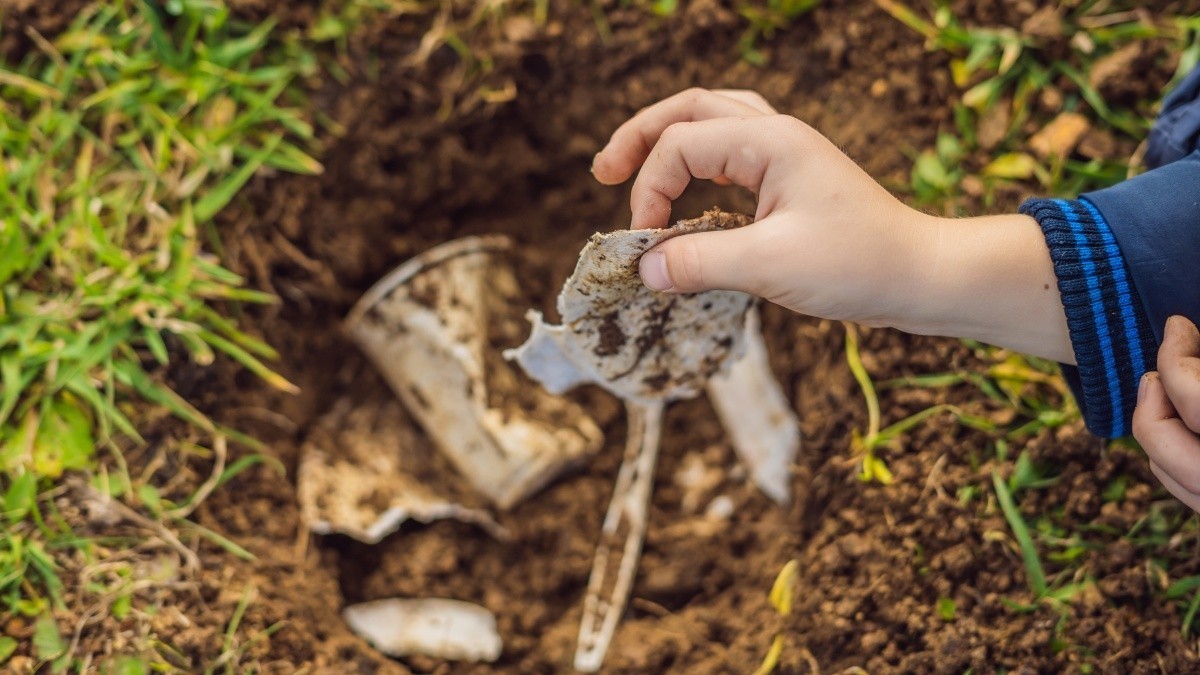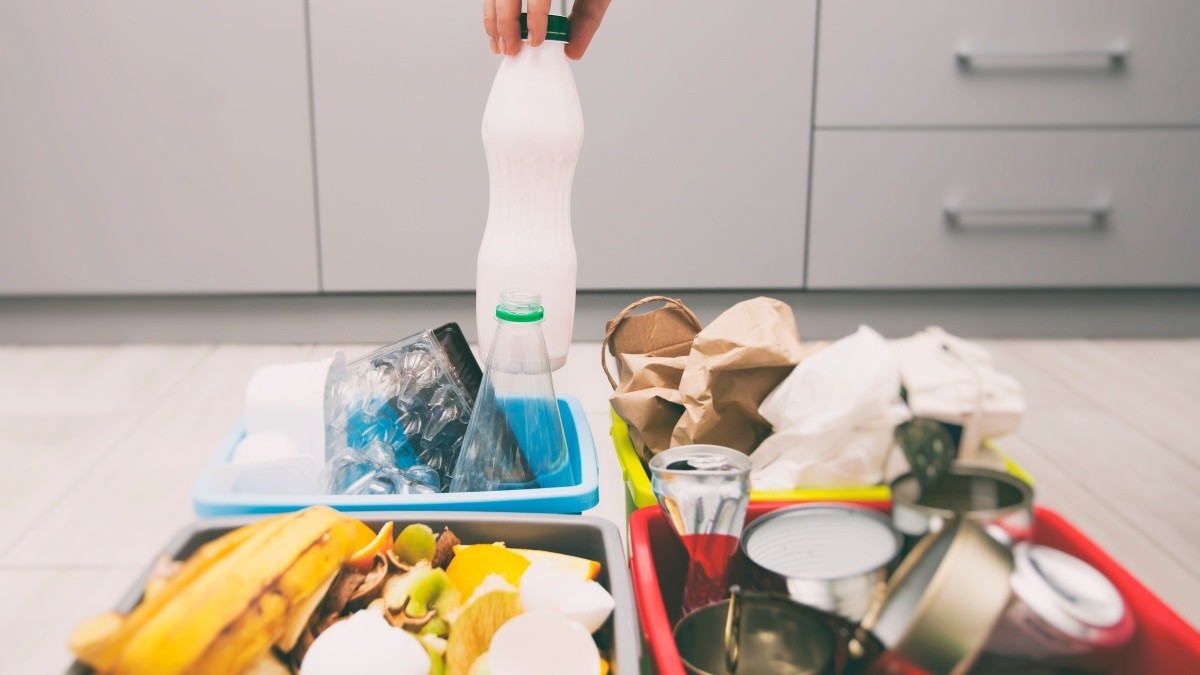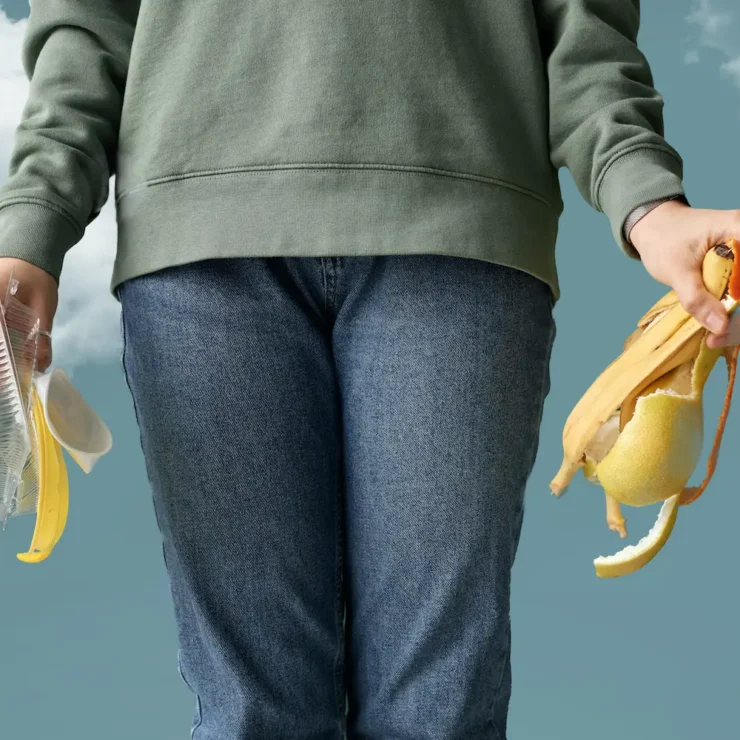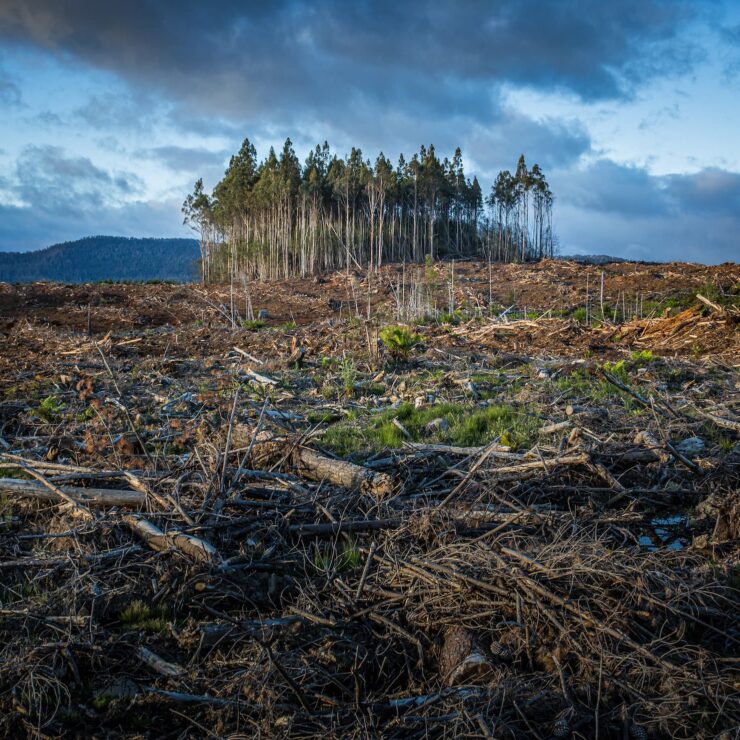Humanity produces up to 400 million tonnes of plastic waste every year, and scientists predict that if the current pace continues, people will generate 600 million tonnes a year by 2030.
The problem is that most packaging waste is not biodegradable, which means that it simply stays in the wild.
Another issue is that up to 50% of the packaging we make is intended for single use only at the time of manufacture.
This is a huge waste of resources and a burden on the living environment.
What can we do to ensure that we do not end up drowning in our own rubbish?
Completely usable material ends up in the landfill
Depending on the material, the packaging can be recycled quite a few times before being discarded.
For example:
Plastic can be recycled 2-3 times, and paper and cardboard 1-2 times.
However, metal and glass can be recycled indefinitely.
If half of the plastic packaging produced today could be recycled after the first use, the logical next step would be to recycle and reuse it rather than throwing it away.
Reusing existing ones could reduce packaging production’s CO2 footprint by up to 60%.
Recycling packaging uses 64% fewer resources than creating new packaging from scratch.
For example, disposable packaging consumes 80% more water than recycling.
Recycling is also a good way to reduce the amount of waste we accumulate. Recycling would cut our waste production by 86%.
Biodegradable is a relative term
Another way to reduce waste accumulation and environmental damage is to use biodegradable packaging.
This means that the packaging is made of material that is destroyed over time by bacteria and fungi.
However, the length of the packaging degradation process can vary widely.
While conventional plastic PET bottles last up to 450 years in the wild, it takes a few months to two years for a biodegradable plastic bag to completely degrade.

Biodegradable plastics also emit microplastics that are harmful to nature during decomposition.
This is, of course, the case if the plastic bag is in a favorable environment for decomposition.
Biodegradable plastic bags do not degrade in the ocean or any other body of water.
The problem is that biodegradable plastics become smaller parts during the degradation process, which in turn takes a long time to completely destroy.
Another concern is that biodegradable packaging can produce greenhouse gases during the degradation process.
Of course, it is better to discard biodegradable packaging than a completely ordinary plastic bottle, because in the latter case, it has a lifespan of several centuries in nature, biodegradable, usually only a few years.
Which is better?
The short answer is that both biodegradable packaging and the recycling of conventional packaging are better than nothing.
The long answer is a little more complicated.
The main bottleneck of biodegradable materials is that they require some resources to produce.
For example, researchers estimate that the CO2 footprint of bioplastics is only slightly smaller than that of conventional plastics.
If they are also intended for single-use, they still have a large CO2 footprint.
The biodegradable box uses arable land, which is a costly process to cultivate and process into crop material.
From an environmental point of view, as crops are not grown for food, more toxic plant protection products can be used in the field, which affects the whole natural environment.
Let’s sort through all of the trash
Finally, it is still wise to make use of existing resources and recycle as much of them as possible.
Thus, manufacturers should give preference to materials that can be re-used and make the sorting of packaging as convenient as possible for the consumer, so that reusable packaging does not end up being a waste of household waste.

Everyone is responsible for their own rubbish.
To do this, people need to get used to sorting and transporting all household waste to different containers. Instructions for sorting garbage can be found here.
The second step is to get used to the fact that we should consume fewer packages.
Many food outlets offer the opportunity to use reusable food containers or cups, and many stores have begun to offer the opportunity to make their purchases without packaging.
Just take your containers, jars, or bags with you from home.
Of course, it’s worth taking a biodegradable store instead of a regular plastic bag if necessary, but why not use a fabric shopping bag instead, which doesn’t have to be discarded after a few uses?




